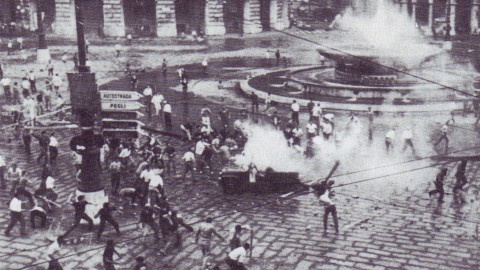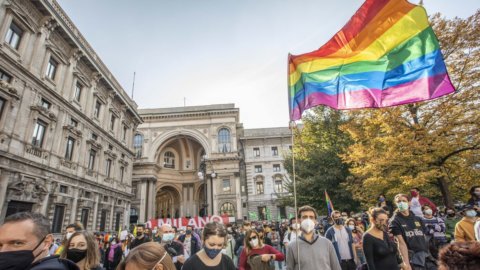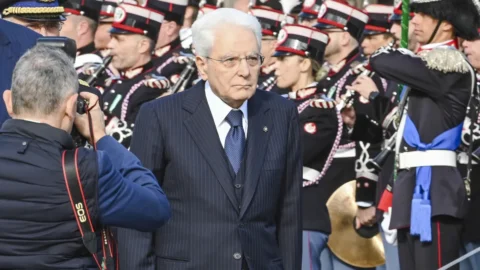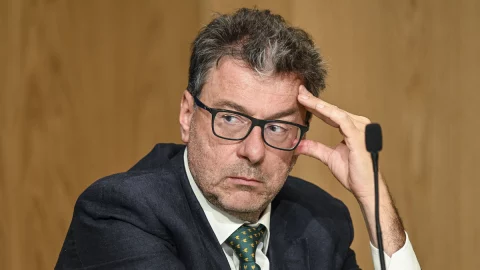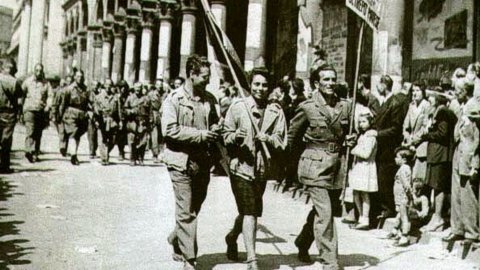Il 30 June of the 1960, exactly 60 years ago, the streets of GenoVa they were stained with blood. The clashes began after the protest march called by the Chamber of Labor and supported by the left-wing opposition against the convocation in the Ligurian city of sixth congress of the Italian Social Movement.
The episode had a strong political impact at the national level because the Tambroni government, a monochromatic Christian Democrat who had the external support of the MSI parliamentarians, whose votes were decisive for the majority.
The novelty triggered chaos in DC: the prime minister was forced to resign and Fanfani tried to create an executive with a different majority, but failed. In the end the President of the Republic, Giovanni Gronchi, chose to reject Tambroni's resignation.
In this climate, the MSI decided to convene the sixth congress in Genoa, the city decorated with the gold medal of the Resistance and from which the insurrection of 25 April had started.
On June 6, local representatives of Communists, Radicals, Social Democrats, Socialists and Republicans printed a manifesto denouncing the missino congress as a serious provocation, proclaiming the "contempt of the Genoese people towards the heirs of Fascism". Subsequently, the trade unions, the Chamber of Labor and various personalities from the University of Genoa joined in the request to prevent the meeting of the MSI.
In the following days several were organized marches and protest demonstrations against the congress of the Social Movement. On one of these occasions, on June 28, Sandro Pertini said:
“The police are looking for the instigators of these demonstrations: we have no difficulty in pointing them out to them. They are the shot by Turchino, Cravasco, Benedicta, the tortured in the student house which still resounds with the excruciating screams of the victims, the cries and sadistic laughter of the torturers”.
Despite everything, there was no step back and on 30 June the great joint demonstration of the opposition took place. Among the trade unions, only the Uil opposed the march, while the Cisl left its members free to choose whether to participate or not.
At the end of the rally, part of the demonstrators moved towards Piazza De Ferrari, stopping along the way both in front of the Margherita theater (where the MSI congress was convened on 2 July) and in front of the War Memorial, where some hymns of the Resistance were sung . They soon started clashes with the police: the final budget was about 200 wounded.
The following day, speaking in the Chamber, the socialist Sandro Pertini openly accused the police:
"The accidents were not caused by the Carabinieri, not by the Guardia di Finanza: it was the Police".
At that point, the Prefect and Quaestor of Genoa tried to convince the Movement to move the venue of the meeting, as the Margherita Theater was considered too close to the War Memorial and the risk of new clashes was high.
Eventually the board of the Social Movement, led by Arturo Michelini, canceled the demonstration speaking of "very serious responsibilities that on the one hand the subversives and on the other the government have assumed in making a party congress practically unfeasible and in tolerating a brazen violation of the penal code".
In the trial that followed the June 30 clashes, 43 people were charged, of whom 41 were convicted two years later.
As for the Tambroni government, it did not survive the events in Genoa for a month: fell on July 27, 1960. It remained the only executive in the history of the Republic supported by the Movimento Sociale Italiano.

